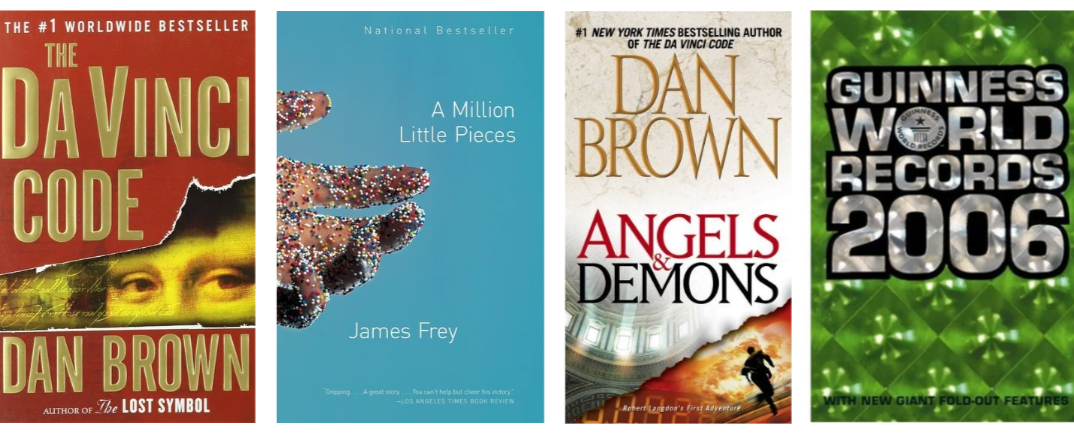Book Industry Standards and Communications (BISAC) Classification Schemes are used to communicate subject information about a book. This information gets communicated through your ONIX file and is used to help identify where the book should be shelved in a physical store and how it can be found via search or browse in an online store, catalogue or other discovery platform.
BISAC Classification Schemes come in three forms: BISAC Subject Headings, BISAC Merchandising Themes, and BISAC Regional Themes.
BISAC Subject Headings
BISAC Subject Headings are the North American standard for describing subject information for your books. Each heading is actually made up of a code and a heading. The code is what is included in the ONIX file and is computer-readable, while the heading is the human-readable version of that code.
Each code is nine-characters long and is made up of three letters followed by six numbers. The BISAC Subject Headings list is organized in a tree structure, where major headings (for example: FICTION) have a number of subheadings (for example: FICTION / Romance or FICTION / Science Fiction), which then may be subdivided into their own subcategories, and so on.
Always make your codes as specific as possible. Using a general code means that your book will only be found when a reader browses in that general category. Specific codes, on the other hand, will be found in both the specific and general browse results making it easier for readers to find your books.
For example, if you have a book that is an epic fantasy fiction novel, it should be classified as FIC009020 FICTION / Fantasy / Epic. If it’s only classified as general fiction (FIC000000 FICTION / General), readers who are looking specifically for epic fantasy fiction won’t find it readily in their browse results, as General categories tend to be overrepresented. So basically, if your reader knows what they want and you haven’t specified that your book is it, they won’t find it.
BISAC Merchandising Themes
BISAC Merchandising Themes are used to represent themes and topics that can help merchandise a book. For example, you can group Canadian or Indigenous Peoples or Japanese books under the Cultural Heritage theme. Or, you can use the holiday theme to group Christmas or Valentine’s Day or Diwali books. Merchandising Themes can be used in addition to Subject Codes. This is an optional field but Subject Codes and other theme codes should not be placed here.
The main Merchandising Themes are:
Cultural Heritage
Event
Holiday
Publisher Type
Topical
A few new Merchandising Themes were added in 2024. Namely:
EVENT / Asian American, Native Hawaiian & Pacific Islander Heritage Month
EVENT / Black History Month
EVENT / Disability Pride Month
EVENT / Hispanic Heritage Month
EVENT / New Home
EVENT / Women's History Month
HOLIDAY / Cesar Chavez Day
TOPICAL / Disability
TOPICAL / Diversity & Multicultural
BISAC Regional Themes
BISAC Regional Themes can be used when the subject of a book is tied to a specific region. That way, someone who is looking for all books about Vancouver Island can find them. These are optional codes that can be used with a Subject Code or with a Subject Code and a Merchandising Theme, but they should not be used without a Subject Code.
These themes are numeric and are broken up into seven levels:
Level 1 - Continents
Level 2 - Subcontinents
Level 3 - Countries
Level 4 - Subcountry regions
Level 5 - States, Provinces, Counties
Level 6 - City, Town, Area
Level 7 - Borough, Neighborhood, District
For example, 4.0.2.0.2.2.0 is Vancouver Island, where:
Level 1 - Continents = North America (4)
Level 2 - Subcontinents = (0)
Level 3 - Countries = Canada (2)
Level 4 - Subcountry regions = (0)
Level 5 - States, Provinces, Counties = British Columbia (2)
Level 6 - City, Town, Area = Vancouver Island (2)
Level 7 Borough, Neighborhood, District = (0)
Want to continue your learning about BISAC? Check out our help documentation or get in touch with your questions.














Expanded Thema worked examples do deeper dives into single book to showcase content and contributors relating to Indigeneity.